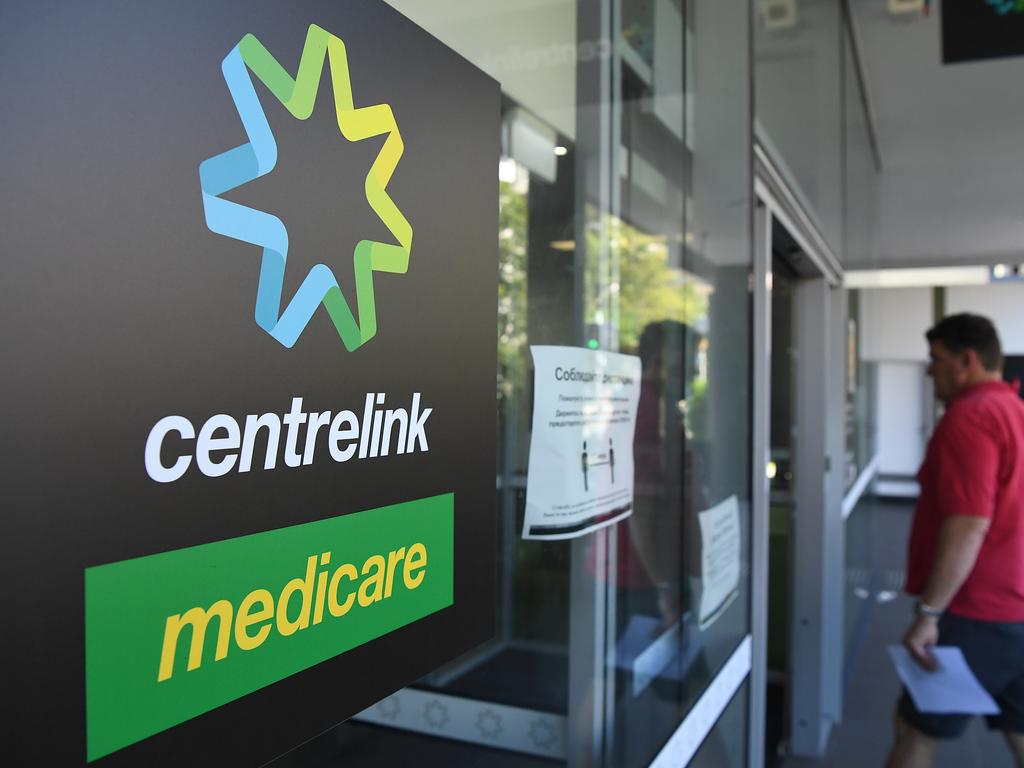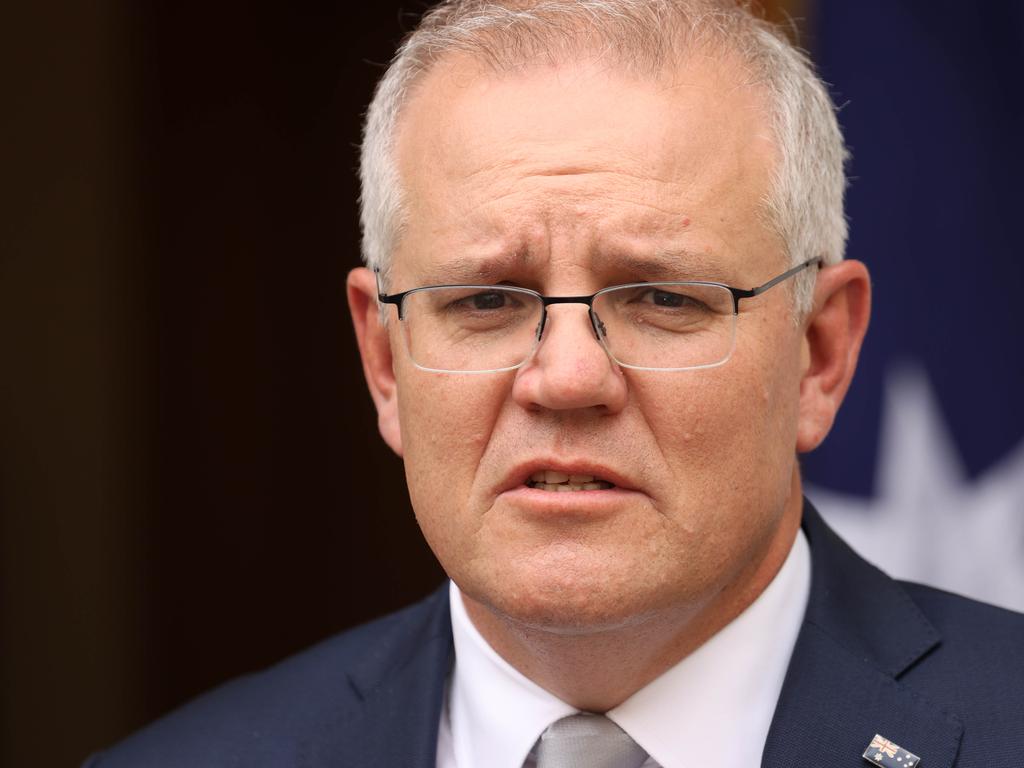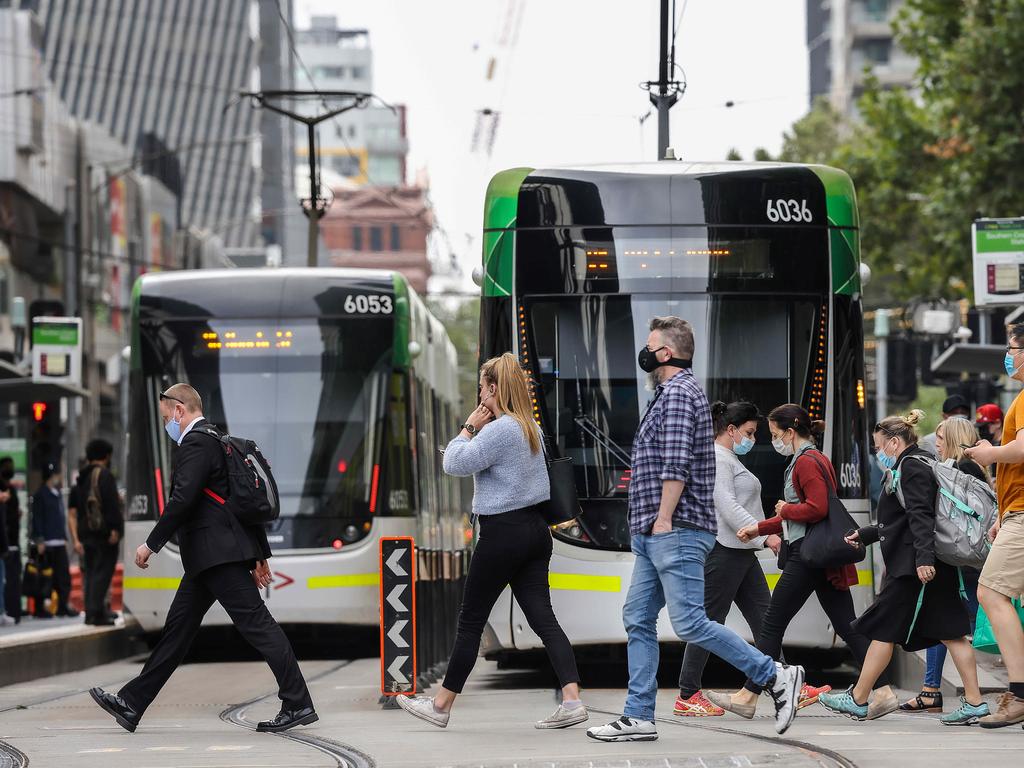Australian jobless rate falls to 5.8 per cent
The jobless rate has fallen to 5.8 per cent, with more than 89,000 Australians picking up work between January and February.

Australia’s unemployment rate has fallen to 5.8 per cent, according to latest figures.
The number of Australians employed jumped by almost 89,000 between January and February, to reach just over 13 million.
The unemployment rate has declined by 0.5 percentage points to 5.8 per cent, with unemployment decreasing by 70,000 people, Australian Bureau of Statistics labour force data released on Wednesday shows.
The jobless rate is still 0.6 percentage points higher than March 2020 — with about 89,000 more jobless — which was when Australia began lockdown measures to combat the COVID-19 pandemic.
ABS labour statistics head Bjorn Jarvis said the latest data showed continued recovery in the labour market into February, particularly for women.
“The strong employment growth this month saw employment rise above 13 million people, and was 4000 people higher than March 2020,” Mr Jarvis said.

Prime Minister Scott Morrison said there were now more jobs in the Australian economy than there were before the pandemic.
“That is something that is truly remarkable and is a great credit to every Australian who hung in there, every Australian business who kept people in jobs,” he said.
But Mr Morrison warned there was still more to do, including boosting the number of hours people were working.
“Particularly for young people,” he said. ”Even though the youth unemployment rate has pleasingly fallen, there is still a distance to travel.”
Treasurer Josh Frydenberg said the strength and resilience of the Australian economy was again on display.
“What is particularly pleasing in these numbers is that of that 88,700 jobs, all of them were full-time,“ Mr Frydenberg said.
“More than 80 per cent went to women and more than 40 per cent went to young people.”
Mr Frydenberg said the months ahead will continue to be challenging but “there is a light at the end of the tunnel”.
“There are sectors, there are regions across the country who continue to do it tough, but these numbers are encouraging and these numbers give Australians confidence about their economic future,” he said.
Mr Frydenberg said the road after the JobKeeper wage subsidy - which ends on March 28 - would be bumpy and challenging.
But he said the economic support would continue after the program ended.
“JobKeeper must come to an end. It has done its job,” Mr Morrison said.

The prime minister remained tight-lipped on whether companies that made a profit last year should pay back JobKeeper - but said profitable companies put people in work and invested in the economy.
CommSec senior economist Ryan Felsman said the labour market had showed “extraordinary resilience” in February, with the jobless rate falling to an 11-month low.
This was despite snap COVID-19 lockdowns in Melbourne and Perth.
“Employment recovered sharply in NSW (up 42,000) following the successful containment of the virus flare-up on Sydney’s northern beaches,” he said.
“Impressively, Victoria added another 26,700 jobs, with 23,800 positions created in Queensland.”
Mr Felsman noted under-employment was back to 8.5 per cent in February, after hitting two-year lows at 8.1 percent in January.
He said two key uncertainties were on the horizon for the labour market, with the JobKeeper wage subsidy expiring at the end of the month and possible further job losses in hospitality and education.
“Despite the federal government’s announced $1.2 billion tourism relief package - jobs could be lost in the food and accommodation services and education sectors with international borders still closed,” Mr Felsman said.
“But on the flip side, an extended period of border closures could tighten the labour market with skills shortages already emerging in some key industries, like residential building.”

The ABS figures show full-time employment increased by 89,000 people, of which 69,000 were women.
Female full-time employment was also 1.8 per cent higher than March 2020, while male full-time employment was 0.8 per cent below.
The number of hours worked was also up.
Seasonally adjusted hours worked rebounded in February, increasing by 6.1 per cent.
This came after a 4.9 per cent fall in January, when more Australians than usual took leave.
Hours worked were 0.7 per cent below the level seen in March 2020.
“Hours worked increased across all of the states and territories, except for in Western Australia, where hours were affected by the lockdown in the first week of February,” the ABS’s Mr Jarvis said.



